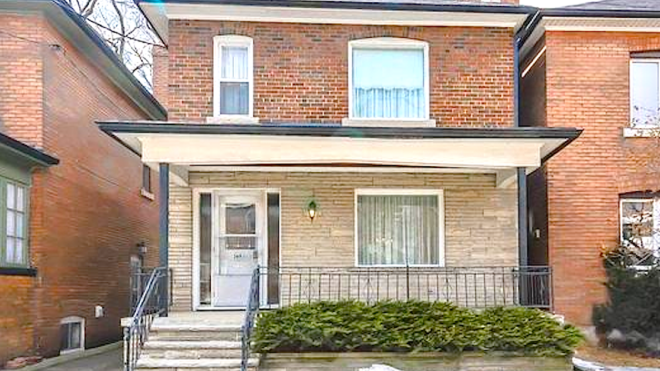Many Americans dream of one day owning their own home, but with the housing market becoming more and more unaffordable, they feel like this dream may never become a reality.
This is why so many people are deciding to embrace the Tiny House Movement. They can still live the dream of being homeowners, but the homes are more economical and more environmentally friendly.
Tiny houses come in many varieties of shapes and can be made from incredibly diverse materials. Some are converted from commercial spaces or garages, while others are built atop trees.
But the most popular method of creating a tiny house is using old shipping containers. Though the shipping containers may not be pleasing to the eye on their own, architects, designers, and industrious homeowners are taking these cold, foreboding blocks and ingeniously transforming them into creative, fun abodes.
Take a look at some of the unique ways shipping containers have been converted into tiny houses. Would you live in one of these, or do you know someone who would?
Please SHARE if you are as impressed with these houses as we are!
The average shipping container shell can be purchased for as low as $1,000–$2,000.
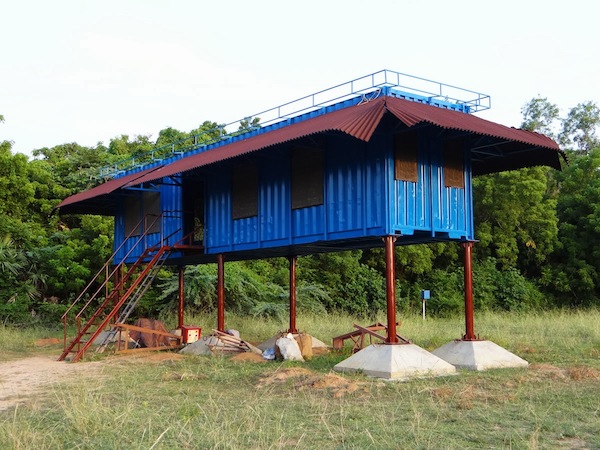
Though the cost to customize them and make them habitable can start to add up, many people find that it is still a cost-effective option. The cost of cutting and welding steel is a specialized skill, but usually cheaper than traditional construction.
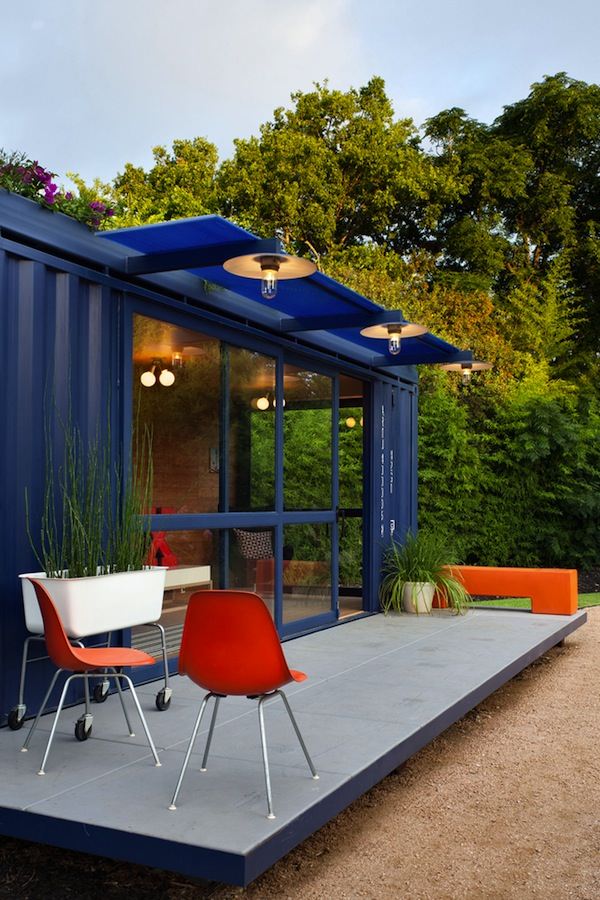
They are especially popular with retired couples, families on a budget, and recent graduates.
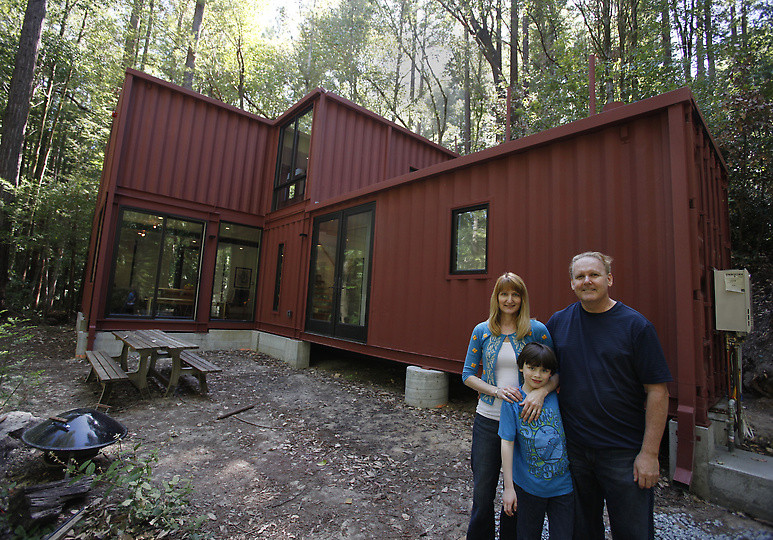
The demand for this type of dwelling has boomed so much, dozens of businesses specializing in shipping container homes open every year.
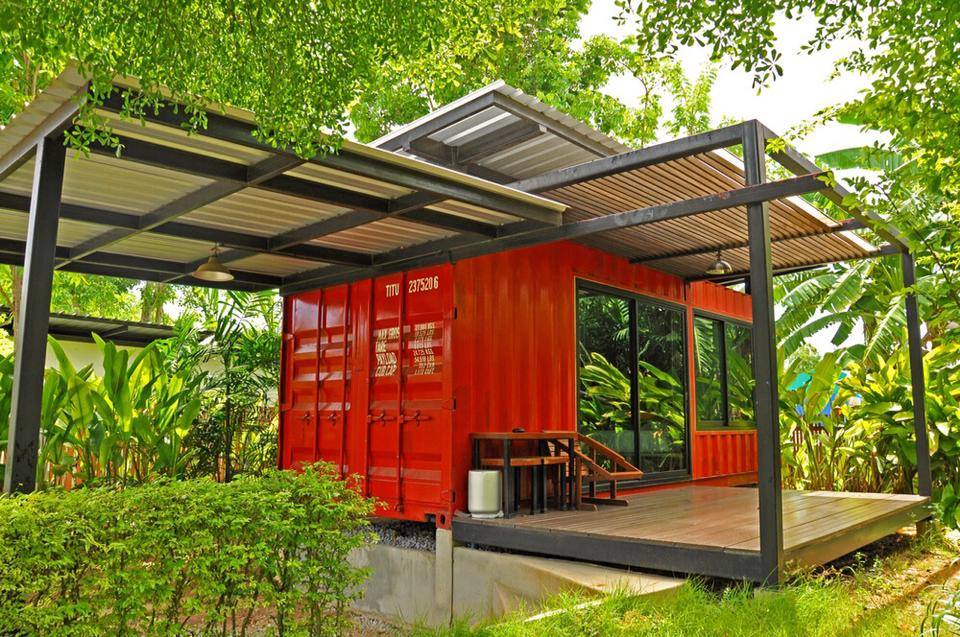
The city of Vancouver has especially been proactive about creating more of these houses as an affordable option for its residents.
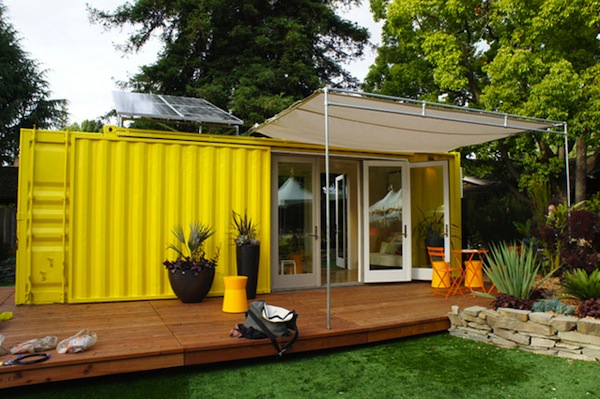
And if tiny house living is not your style, multiple shipping containers can be purchased to create any desired house-size.
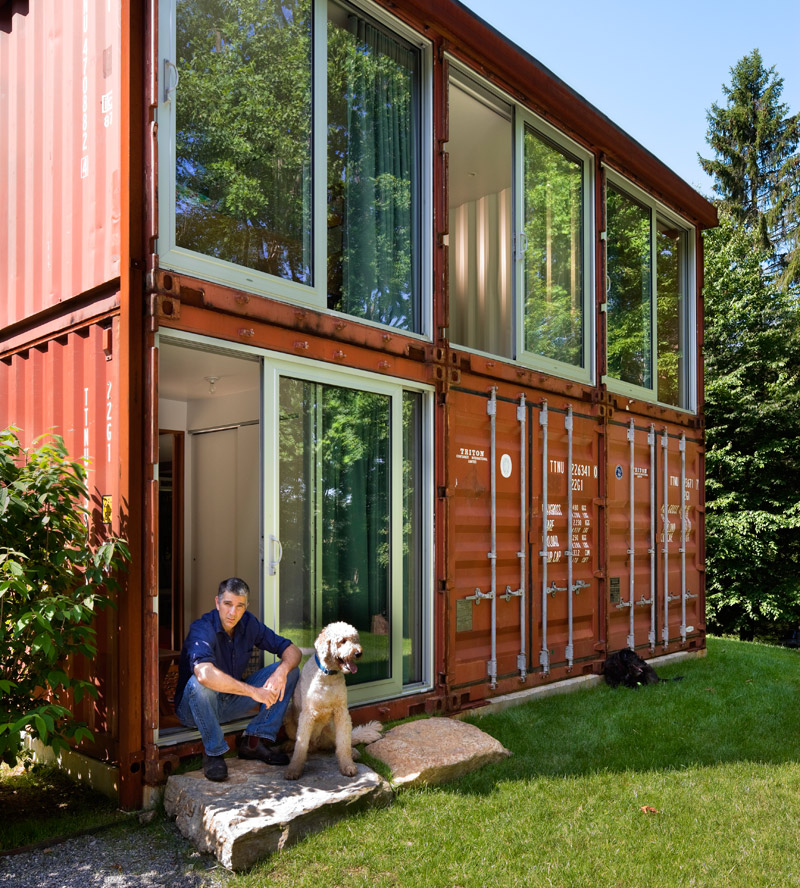
The shipping containers don't have to be cold, steel boxes. These shipping containers are actually great blank canvases for building into one's own personal style.

The basic box shape is merely a jumping off point, or a skeleton for making the house of one's dreams.

Janice Abbott, the CEO of Canadian social housing agency Atira Property Management Inc., describes the container construction as “building with Lego blocks."
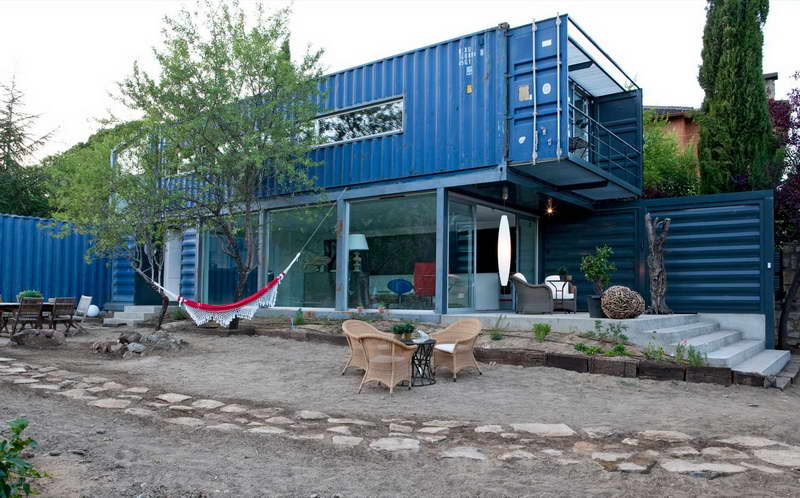
Even commercial businesses have embraced this building technique.

The shipping container homes can work in nearly any climate, and more expensive models are even advertised as being natural disaster-resistant.
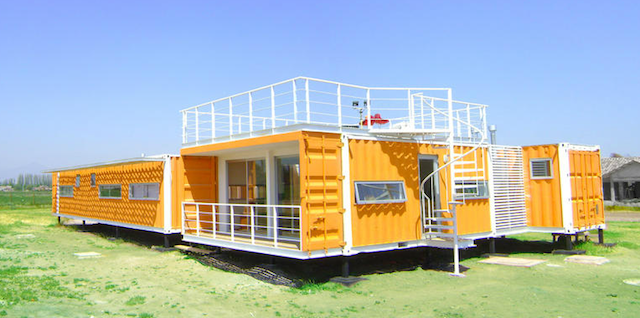
These homes are also great for the environment, as often these shipping containers would stay unused or even fill up junkyards.
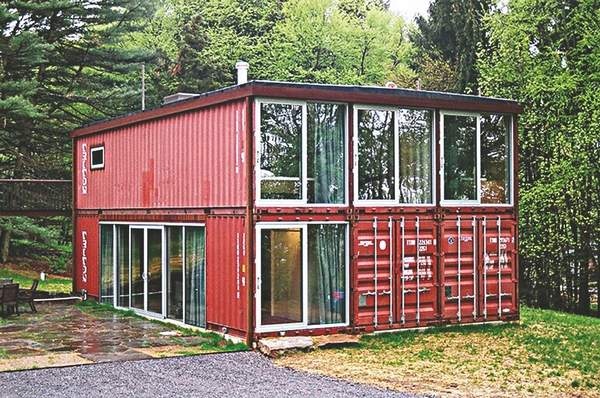
They can also be easily transported by ship, truck, or rail.

Is this a type of house you could live in?
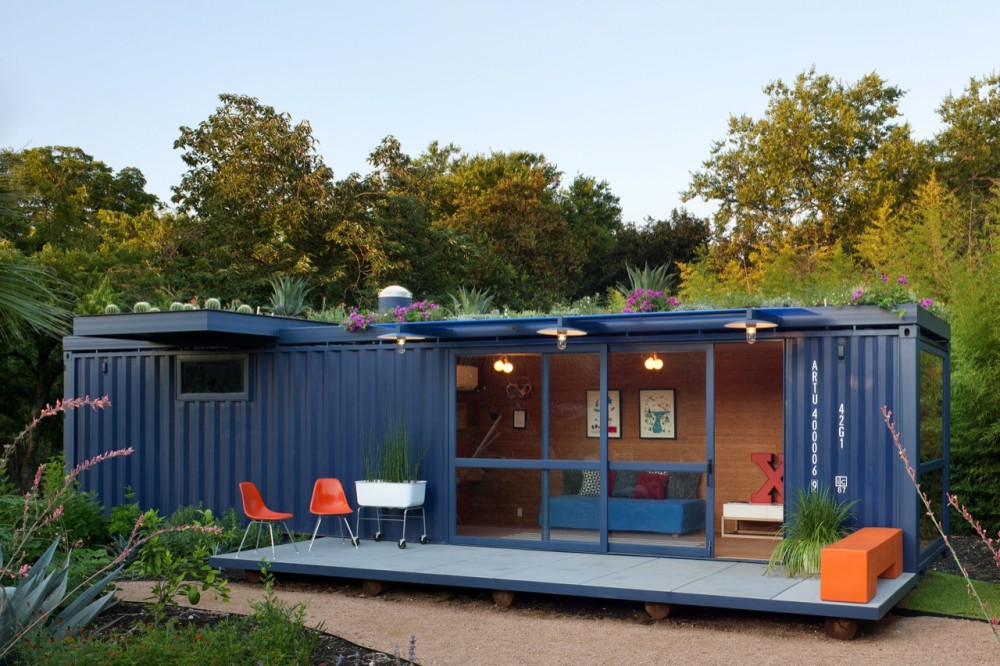
Please SHARE if you are also fascinated by this type of house!



